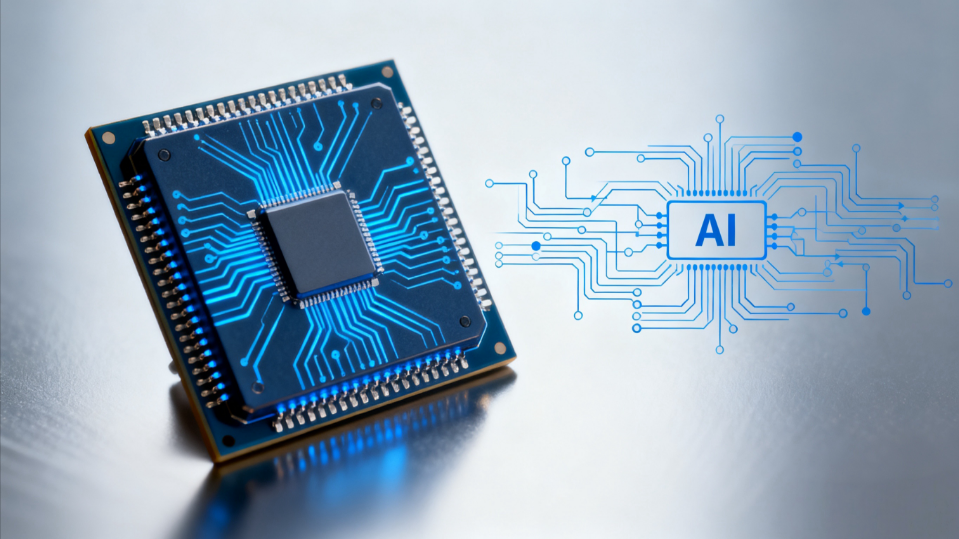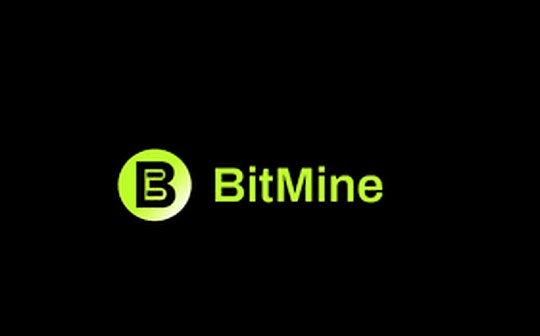
CITIC Securities released a research report stating that, supported by the current favorable macroeconomic environment, coupled with strong micro supply chain data and the FOMO psychology among tech giants due to the strategic importance of AI technology, the narrative surrounding AI CAPEX is highly likely to continue in the short term. However, the high unpredictability of short-term AI technology and macroeconomic expectations also means that optimistic market sentiment could reverse at any time. Therefore, strategically, the firm still advises following a "wait-and-see" logic and closely monitoring core variables such as macroeconomic expectations, guidance from tech giants, and AI industry progress. Short-term focus should be on: OpenAI's product & monetization progress, the release of Gemini 3.0, US software + AI monetization guidance, Q4 earnings reports from tech giants, the Fed's interest rate cut pace, etc.
The main views of CITIC Securities are as follows:
Market Concerns: OpenAI, industry financing structure, AI ROI, etc.
Since September, OpenAI has signed cumulative AI computing power procurement contracts exceeding $1 trillion with Oracle, NVIDIA, AMD, Broadcom, etc. Stocks related to US-listed AI computing power have risen rapidly, but market divergences and concerns have also increased, mainly reflected in:
1) The authenticity of OpenAI's demand and its order fulfillment capability. The primary intention behind the huge investment is difficult for the market to judge in the short term: whether OpenAI has already seen massive demand in the AI world or if it's a shrewd business calculation.
2) Systemic risks brought by circular financing, debt financing, etc. Currently, some companies have shifted from relying on conventional financing methods like internal funds and equity sales over the past two years to more aggressive debt financing, supplier financing, etc., embedding various innovative financial arrangements within them.
3) The AI industry still struggles to achieve ideal ROI. The input and output of the AI industry remain in a fragile balance. The balance of AI business (input, output) needs to rely more on breakthroughs in revenue growth and efficiency improvements; otherwise, the sustained high-speed growth of AI CAPEX will be difficult to maintain.
The Firm's Assessment: Market optimism is likely to continue in the short term but could also reverse at any time.
From a short-term perspective, the firm believes the optimistic narrative for US AI stocks is still supported by multiple factors and is likely to prevail:
1) Short-term micro supply chain data shows smooth shipments of AI computing chips & complete machines, and spot and contract prices for memory chips are also rising. Representative companies have provided optimistic guidance;
2) The "FOMO" psychology among tech giants. The firm estimates that the combined CAPEX of the four major North American tech giants in 2025 will account for over 70% of their operating cash flow in the same period, but it remains within an acceptable range. Considering the strategic value of AI, tech giants are still investing heavily in the short term;
3) Favorable macroeconomic environment. The three significant adjustments in US AI computing power since 2024 were all caused by intensified market concerns about the US macroeconomy. The current macro combination of loose fiscal policy + interest rate cuts is expected to significantly support the AI capital expenditures of tech giants. The current debate between bulls and bears in the market is expected to continue for the next few quarters and is unlikely to form a clear conclusion. However, facing the high unpredictability of short-term AI technology and macroeconomic expectations, market sentiment could also reverse at any time.
Subsequent Focus Areas: OpenAI, tech giants, macroeconomic expectations, AI monetization, etc.
In recent years, compared to the grand medium-to-long-term narratives of the AI industry, investment in AI computing power has mostly followed the short-term logic of "wait-and-see." Therefore, instead of纠结ing over specific conclusions, it's better to adopt a different perspective: under which triggering factors would the current market expectations fluctuate significantly or even reverse:
1) OpenAI: The market is expected to continuously adjust its judgment on OpenAI's ability to fulfill its massive orders by observing its algorithm leadership, monetization progress, and effectiveness. Short-term focus should be on Google's upcoming Gemini 3.0 model;
2) AI Monetization: Following the internet, commercial breakthroughs by startups and software SaaS are key for the AI industry to move forward, especially software SaaS. The reflection of US software + AI revenue is expected around Q3/Q4, with the Q3 earnings report in October potentially being the best observation window;
3) Guidance from Tech Giants: US tech giants will release their 2025Q4 financial reports around late January to early February 2026. Wall Street is then expected to reassess, based on core guidance data, the scale and sustainability of global AI CAPEX, as well as the balance between corporate AI investment, shareholder returns, and other multiple objectives;
4) Macroeconomic Expectations: The combination of loose fiscal policy and interest rate cuts fuels the market's animal spirits and supports optimistic expectations for AI computing power. Subsequently, the pace of the Fed's interest rate cuts will be one of the important variables monitored by the firm.
Risk Warnings: Risks of repeated changes in Fed rate cut expectations; Risks of intensified geopolitical conflicts; Risks of AI core technology development falling short of expectations; Risks of ongoing tightening of policy regulation in the tech sector; Risks of global macroeconomic recovery falling short of expectations; Risks of欧美企业IT spending falling short of expectations due to macroeconomic fluctuations; Potential risks of AI ethics, morality, and infringement of user privacy.
















